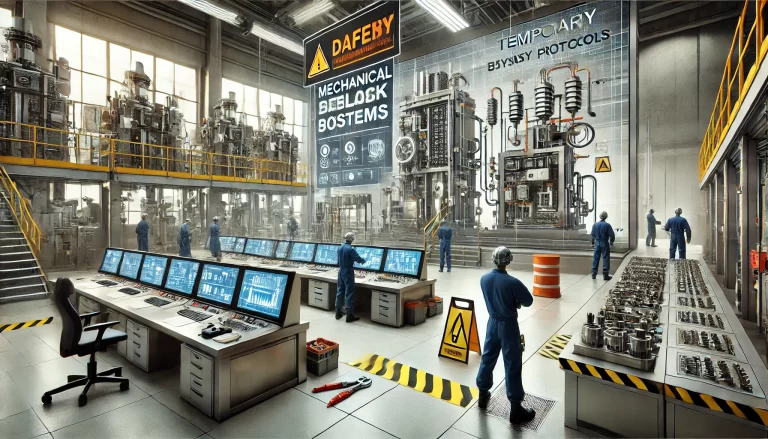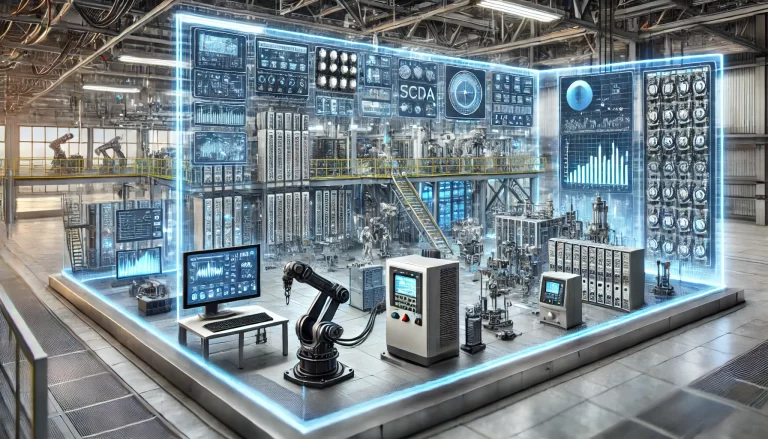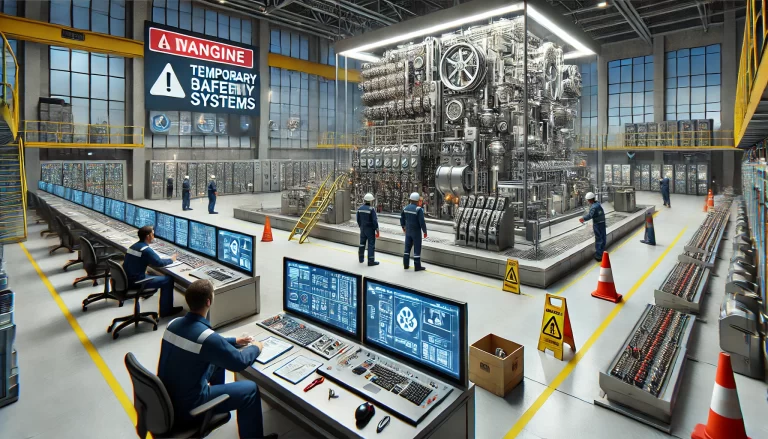Interlock systems are critical components in many industries, designed to ensure safety by preventing unintended or dangerous operations. However, there are situations where interlock systems may need to be temporarily bypassed or removed, such as during maintenance, testing, or troubleshooting. While this is sometimes necessary, the duration for which an interlock system can be safely and legally bypassed is strictly regulated and dependent on several factors. In this article, we will explore these factors in detail and provide guidance on how to approach such scenarios.

Key Factors Determining the Permissible Duration
1. Industry Standards and Regulatory Requirements
Each industry has its own safety and operational standards that dictate how interlock systems should be managed. Regulatory bodies often provide guidelines or mandates regarding the temporary removal of interlock systems. For instance:
- Railway Systems: Signal interlock systems in railways are critical for preventing collisions. In such cases, temporary removal may only be allowed for a few hours and under strictly controlled conditions.
- Petrochemical Plants: Interlock systems in chemical processing units are often governed by standards like API (American Petroleum Institute) or IEC (International Electrotechnical Commission), which typically allow bypasses only for the duration of planned maintenance activities, often ranging from a few hours to a few days.
- Power Plants: In nuclear or conventional power plants, interlock systems are part of the safety mechanisms and are rarely bypassed for more than a few hours without implementing robust alternative safeguards.

2. Manufacturer and Equipment Guidelines
Manufacturers of equipment with interlock systems often provide specific instructions about how and when such systems can be bypassed. These guidelines typically include:
- The maximum duration for temporary removal.
- Conditions under which the bypass is safe (e.g., under supervised operation).
- Any compensatory safety measures that must be implemented during the bypass.
For example, an interlock system for an industrial robot might allow a temporary override for no more than 24 hours during maintenance, provided all personnel are trained, and manual controls are in place.
3. Safety Assessments and Risk Management
The primary purpose of an interlock system is to mitigate risks. Before temporarily removing an interlock, a detailed safety assessment must be conducted. This includes:
- Identifying the risks associated with bypassing the system.
- Evaluating the likelihood and severity of potential hazards.
- Establishing alternative safety measures, such as manual overrides or additional supervision.
If the risk level is high, the permissible duration for bypassing the interlock system will likely be shorter, sometimes limited to just a few hours.
4. Operational Context
The specific circumstances under which the interlock system is bypassed also play a role in determining the allowable duration:
- Maintenance: Temporary removal is often limited to the time required to perform maintenance tasks. This could range from a few hours to a day.
- Testing and Calibration: During system testing, interlock bypasses may be required for brief periods (typically hours) to simulate specific scenarios.
- Emergency Situations: In emergencies, interlocks may be bypassed to prevent immediate damage or loss. However, this should be followed by prompt reactivation of the system.

General Guidelines for Managing Temporary Removal
To ensure safety and compliance during the temporary removal of an interlock system, the following steps should be followed:
1. Plan the Bypass Carefully
- Develop a detailed procedure outlining why the bypass is necessary, how it will be done, and how long it will last.
- Ensure the procedure is reviewed and approved by qualified personnel, such as safety officers or engineers.
2. Conduct a Risk Assessment
- Evaluate the risks involved and document the findings.
- Implement compensatory safety measures, such as additional monitoring or the use of manual control systems.
3. Limit the Duration
- Restrict the bypass to the shortest time possible, ideally a few hours or the minimum necessary to complete the task.
- Avoid prolonged bypasses unless explicitly permitted by regulatory or manufacturer guidelines.
4. Monitor Operations
- Ensure continuous monitoring of operations while the interlock is bypassed.
- Assign trained personnel to supervise the process and respond quickly if an issue arises.
5. Reactivate the Interlock System Promptly
- As soon as the maintenance or testing activity is complete, restore the interlock system to its operational state.
- Verify that the system is functioning as intended before resuming normal operations.

Conclusion
The temporary removal of interlock systems is a sensitive process that must be handled with utmost care. The permissible duration for such removal depends on industry regulations, manufacturer guidelines, safety assessments, and the operational context. Organizations must prioritize safety by adhering to established protocols, minimizing bypass duration, and ensuring the system is promptly restored. By following these best practices, businesses can maintain operational efficiency while safeguarding personnel and equipment.
Always consult industry-specific regulations and manufacturer recommendations to determine the exact permissible duration for interlock system removal in your specific application.
